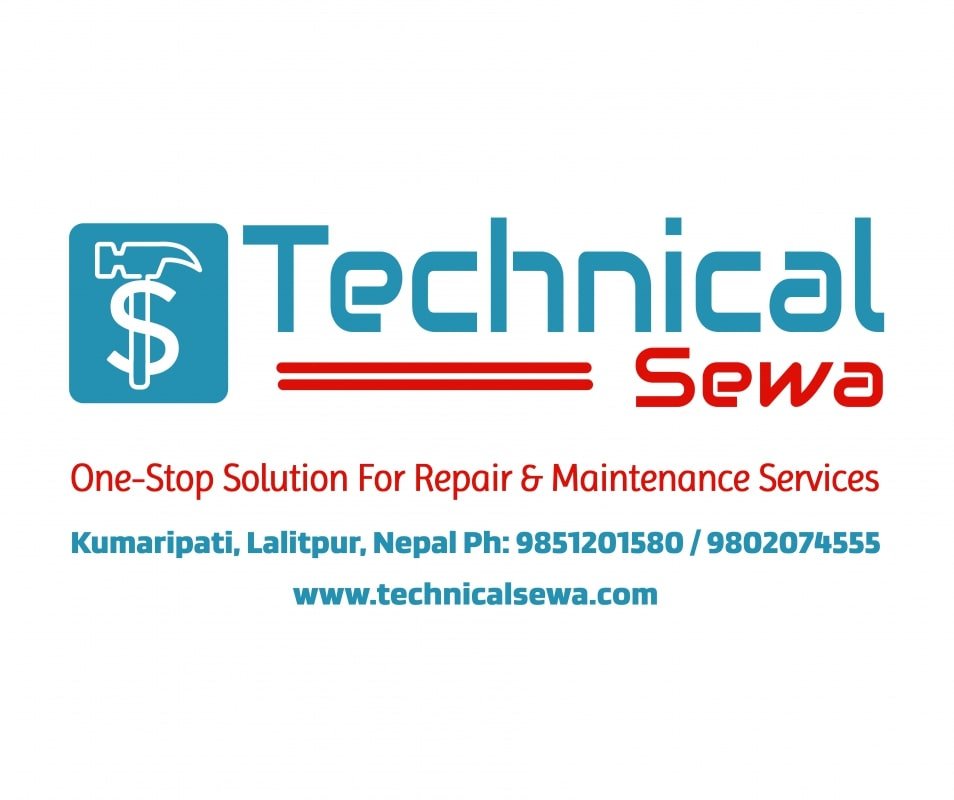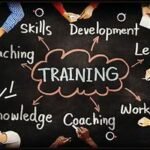Home appliances are essential parts of our daily lives. From refrigerators that keep our food fresh to washing machines that make laundry a breeze, we rely on these machines every day. However, when they break down, it can be a major inconvenience. Learning how to repair home appliances can save you both time and money. In this guide, we’ll walk you through the basics of home appliance repair, common issues, and how you can address them yourself.
Why You Should Learn to Repair Home Appliances
There are several reasons why learning to repair home appliances can be beneficial:
- Cost-Effective: Hiring a professional to repair home appliances can be expensive. By fixing minor issues yourself, you can save a significant amount of money on service calls and labor charges.
- Convenience: Instead of waiting for a technician, you can repair home appliances at your convenience, ensuring that your household runs smoothly without long delays.
- Skill Development: Repairing home appliances yourself helps you develop handy skills that can be useful in other areas of your life, such as basic electrical work or plumbing.
- Environmental Impact: Repairing your appliances rather than replacing them reduces waste, contributing to a more sustainable lifestyle.
Common Home Appliances and How to Repair Them
Here are some common appliances and tips on how to repair them when they stop working:
1. Refrigerators
A refrigerator is one of the most critical home appliances, and when it breaks down, it can lead to spoiled food and high utility bills. To repair home appliances like refrigerators, you should first identify the most common issues, which include:
- Temperature issues: If your refrigerator isn’t cooling properly, check the thermostat settings and make sure they are correct. Another common issue is dirty condenser coils, which can block airflow. You can repair this by cleaning the coils, usually located at the back or underneath the appliance.
- Water leakage: Water leakage from the refrigerator is often caused by clogged defrost drains or damaged water lines. To repair these appliances, you can clear the defrost drain with hot water or replace the damaged water lines.
- Excessive noise: If your refrigerator makes strange noises, check the evaporator fan motor or condenser fan. These parts may need lubrication or replacement to repair the appliance effectively.
2. Washing Machines
Washing machines are prone to a variety of issues, including:
- Not spinning or agitating: A common issue with washing machines is when they stop spinning or agitating. This could be due to a faulty lid switch, worn drive belt, or broken motor coupling. To repair home appliances like washing machines, you can check these components and replace them as necessary.
- Leaking water: Water leakage is another common problem with washing machines. The culprit could be a damaged water hose, a clogged drain pump, or a faulty water inlet valve. By inspecting and replacing these parts, you can repair the appliance and avoid costly water damage.
- Strange noises: If your washing machine is making loud noises, it could be due to an unbalanced load, worn bearings, or loose drum components. Repairing these appliances involves balancing the load and checking internal parts for wear and tear.
3. Dishwashers
Dishwashers make cleaning dishes easy, but they can malfunction over time. Common issues include:
- Not cleaning dishes properly: If your dishwasher isn’t cleaning dishes as well as it used to, the issue may be clogged spray arms or a malfunctioning water inlet valve. Repairing this appliance involves removing and cleaning the spray arms and ensuring proper water flow.
- Water not draining: If your dishwasher isn’t draining water properly, the problem could be a clogged drain hose, faulty drain pump, or blocked air gap. To repair home appliances like dishwashers, you may need to clean the hose or replace the pump.
- Leaking water: Leaks in dishwashers can be caused by damaged door seals, clogged filters, or faulty water inlet valves. Inspect these components and repair or replace them as needed to fix the issue.
4. Ovens and Stoves
Ovens and stoves are essential for cooking, and when they break down, meal preparation becomes difficult. Here are common problems and how to repair them:
- Uneven heating: If your oven is not heating evenly, the problem could be a faulty heating element or a malfunctioning thermostat. Repairing these home appliances involves checking the heating elements for continuity and replacing them if necessary.
- Gas burner not igniting: For gas stoves, if the burner is not igniting, the issue may be with the igniter or gas valve. Cleaning the burner heads or replacing the igniter can help repair these appliances.
- Oven door not closing properly: An oven door that doesn’t close properly may be due to worn hinges or a damaged door gasket. Repairing this appliance involves inspecting these parts and replacing them as needed.
5. Microwave Ovens
Microwaves are convenient for quickly heating food, but they can experience several issues:
- Not heating: If your microwave is not heating, the issue could be with the magnetron, a high-voltage capacitor, or a diode. Repairing this appliance requires replacing the faulty component, but it is advisable to seek professional help for electrical issues.
- Turntable not rotating: If the turntable isn’t rotating, it may be due to a broken motor or roller guide. Replacing these parts is a simple repair that can restore functionality to the microwave.
- Strange noises or sparks: Strange noises or sparks inside the microwave often indicate a damaged waveguide cover or a malfunctioning high-voltage diode. Replacing these parts can repair the appliance and ensure safe operation.
Tools You’ll Need to Repair Home Appliances
To repair home appliances effectively, you’ll need the right tools. Here’s a list of essential tools to keep on hand:
- Screwdrivers: Both flathead and Phillips head screwdrivers are necessary for disassembling appliances.
- Multimeter: This tool is used to test electrical components, such as thermostats and switches, to determine if they are functioning correctly.
- Pliers: Needle-nose and slip-joint pliers are useful for gripping and manipulating small components.
- Wrenches: Adjustable wrenches are helpful for loosening and tightening nuts and bolts.
- Flashlight: A good flashlight allows you to see inside dark areas of the appliance.
- Vacuum cleaner: For cleaning dust and debris from condenser coils and other hard-to-reach areas.
When to Call a Professional
While it’s possible to repair home appliances on your own, there are times when professional help is necessary. If the repair involves gas lines, refrigerants, or complex electrical systems, it’s safer to hire a professional. Additionally, if you’re unsure of how to proceed or lack the proper tools, it’s better to consult an expert rather than risk damaging the appliance further.
Conclusion
Learning to repair home appliances can save you money, time, and the hassle of dealing with broken devices. Whether it’s a refrigerator, washing machine, dishwasher, oven, or microwave, many common issues can be resolved with basic knowledge and the right tools. By following this guide and practicing caution, you can become proficient in home appliance repair and extend the life of your household machines. Remember, when in doubt, always prioritize safety and seek professional assistance when necessary.
HOME




